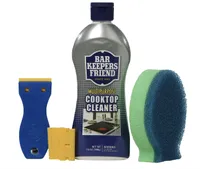My induction cooktop still looks brand new, thanks to these 3 daily rules my family always follows
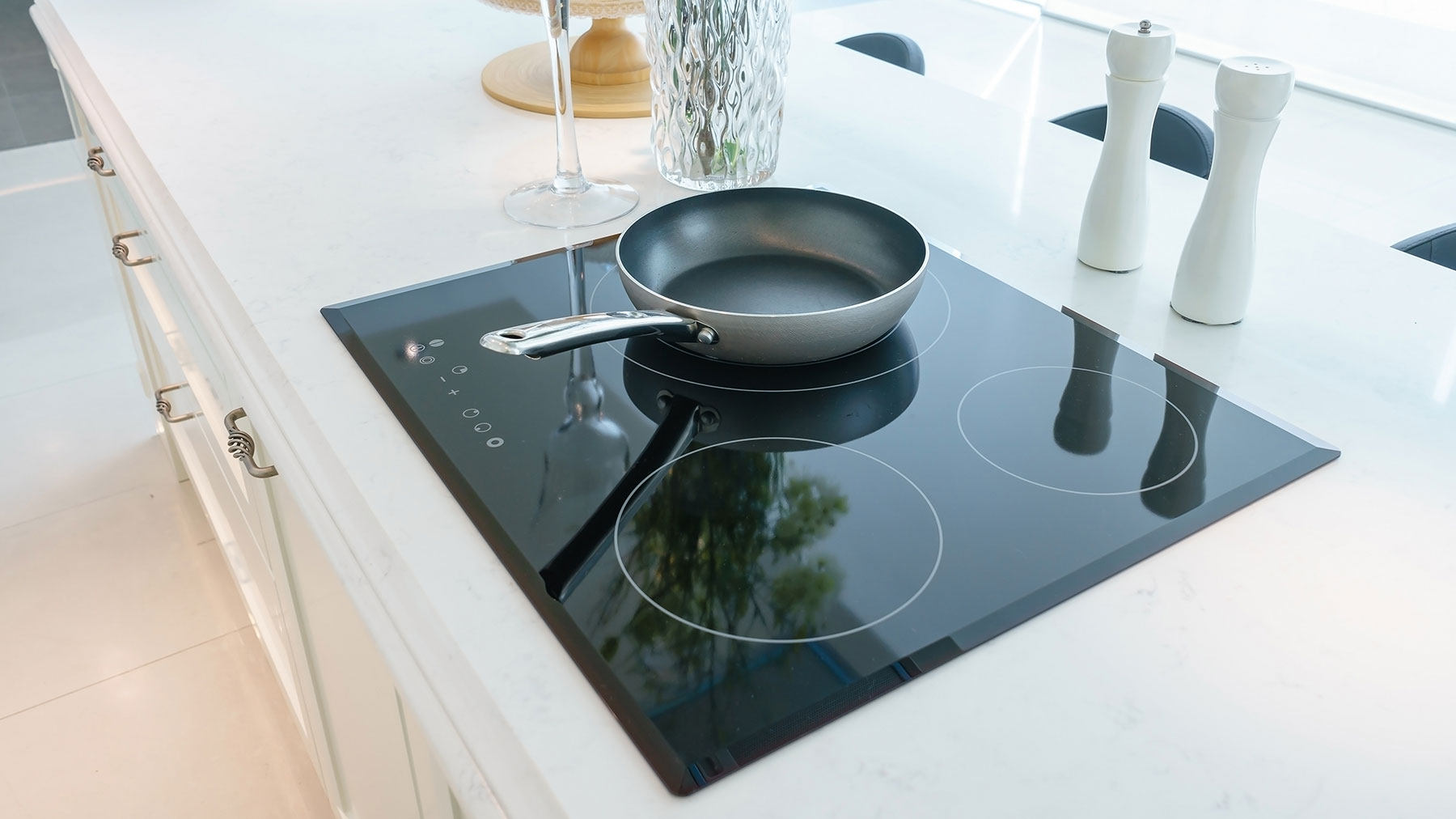
I make no secret of my love for induction cooking. It's faster, more energy-efficient, and significantly safer for those (like me) who have kids running around the kitchen all day!
But one major downside of induction cooktops is how easily they can become scuffed or look grubby. Made from a glass-ceramic surface, they may be incredibly durable and easy to clean, but they're also easily scraped by aggressive cleaning, and every splash and splatter of oil or sauce will dry down to an unsightly stain that can make your entire kitchen look untidy in minutes.
This certainly didn't put me off buying one, and it shouldn't put you off either. As long as you know how to maintain it, it's very easy to keep your cooktop looking good as new.
In my 5 years of using my induction cooktop every single day, I've managed to do just this with 3 simple household rules.
The 3 household rules I always follow
1. Immediately clean up any spillages
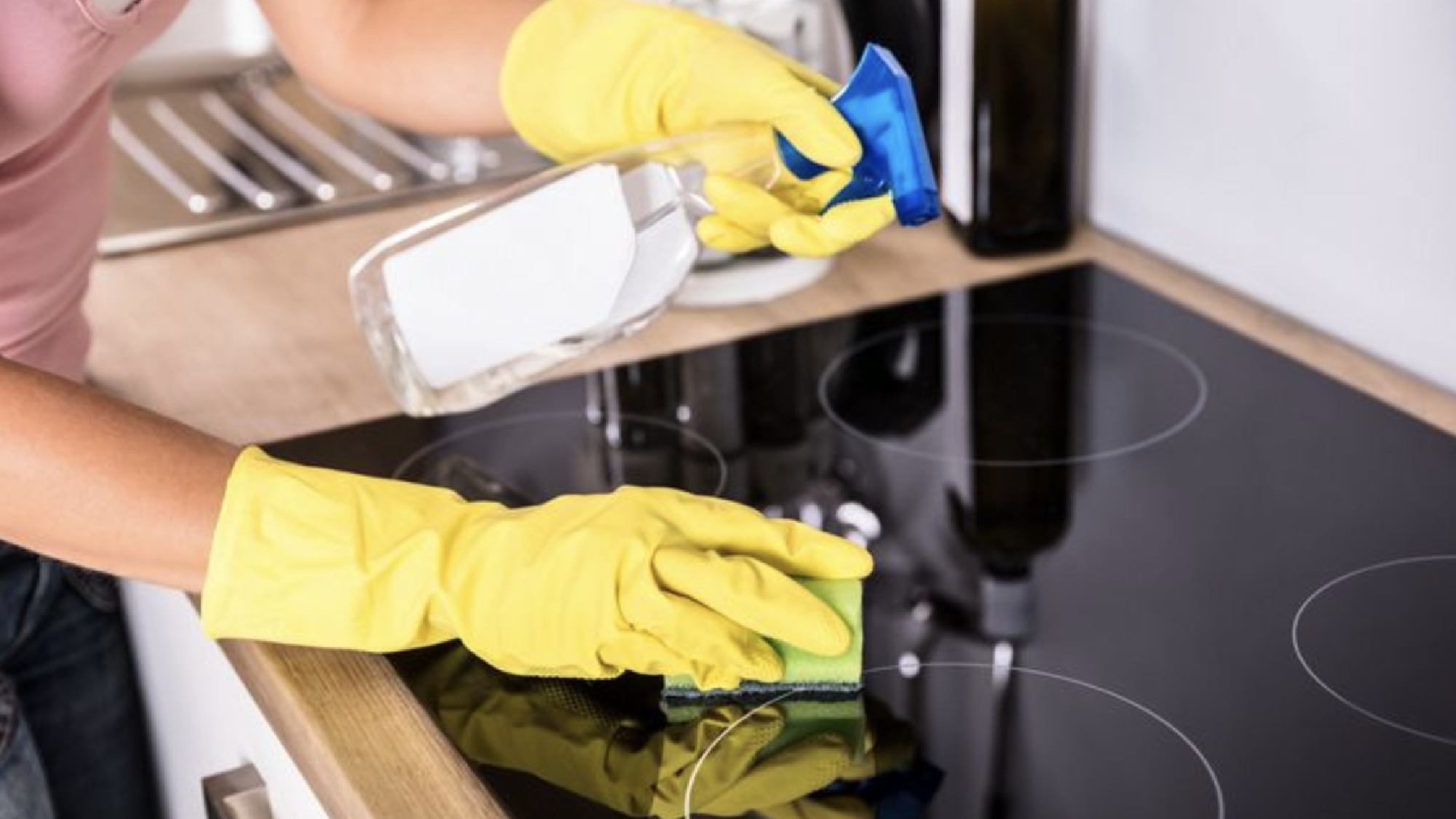
The worst thing you can do with an induction cooktop is allow a spillage to harden and/or burn on. If you leave any mess too long, you'll have a harder time getting it off and if you have to use something more abrasive to remove the spillage or scrub it heavily, you risk scratching the surface.
Another huge culprit of induction cooktop scratches are the underside of your pots and pans. If you allow a spillage to burn on and ruin the bottom of your cookware, you risk scratching it when you move it around your cooktop every time you use it. Fortunately, there's a simple cleaning solution for this and that's by wiping away any spillage immediately with a sponge and dish soap. After all, your induction cooktop cools down rapidly once you turn off the heat and remove the pan, so you don't have to delay and I never do.
2. Never use abrasive cleaner or cleaning materials
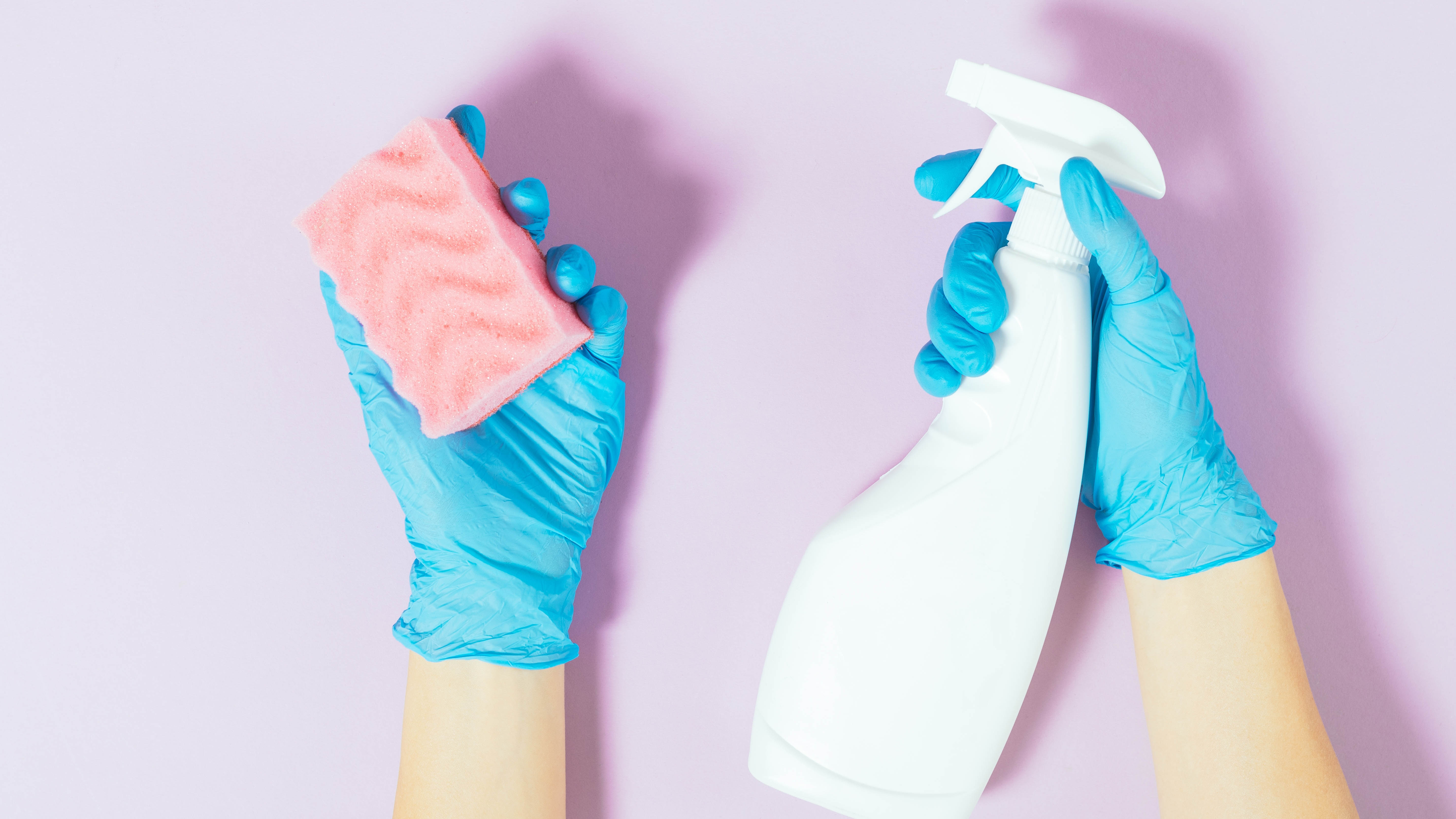
There's no need to use abrasive cleaning materials or cleaners on your induction cooktop. They're easy-to-clean for a reason and so, with the smooth shiny surface, you'll only need a bit of elbow grease and soft materials like a microfibre cloth or sponge. Most of the time, I don't have to use anything more than mild dish soap and water. Or, a simple baking soda solution.
Get instant access to breaking news, the hottest reviews, great deals and helpful tips.
You should avoid anything that has the power to scratch the surface like heavy-duty scrubbers, steel wool, or cleaners including bleach. You also may think that using a glass cleaner will help on a glass-ceramic surface, but its ingredients are too harsh to use. If you're looking to tackle harder to scrub stains, consider an induction cooktop-specific scraper. These are made specifically to not scratch, but make sure to triple check they're definitely for induction cooktops.
Bar Keepers Friend Cooktop Cleaner and Scraper: $21.99 @ Amazon
I absolutely love Bar Keepers Friend for cleaning. It's the only thing I use on my quartz worktops and now, one of the only things I use on my induction cooktop. With this set, you also get a specialized cooktop scraper that is less abrasive than some of the other scrapers on the market.
3. Lift the induction cooktop out for a thorough clean
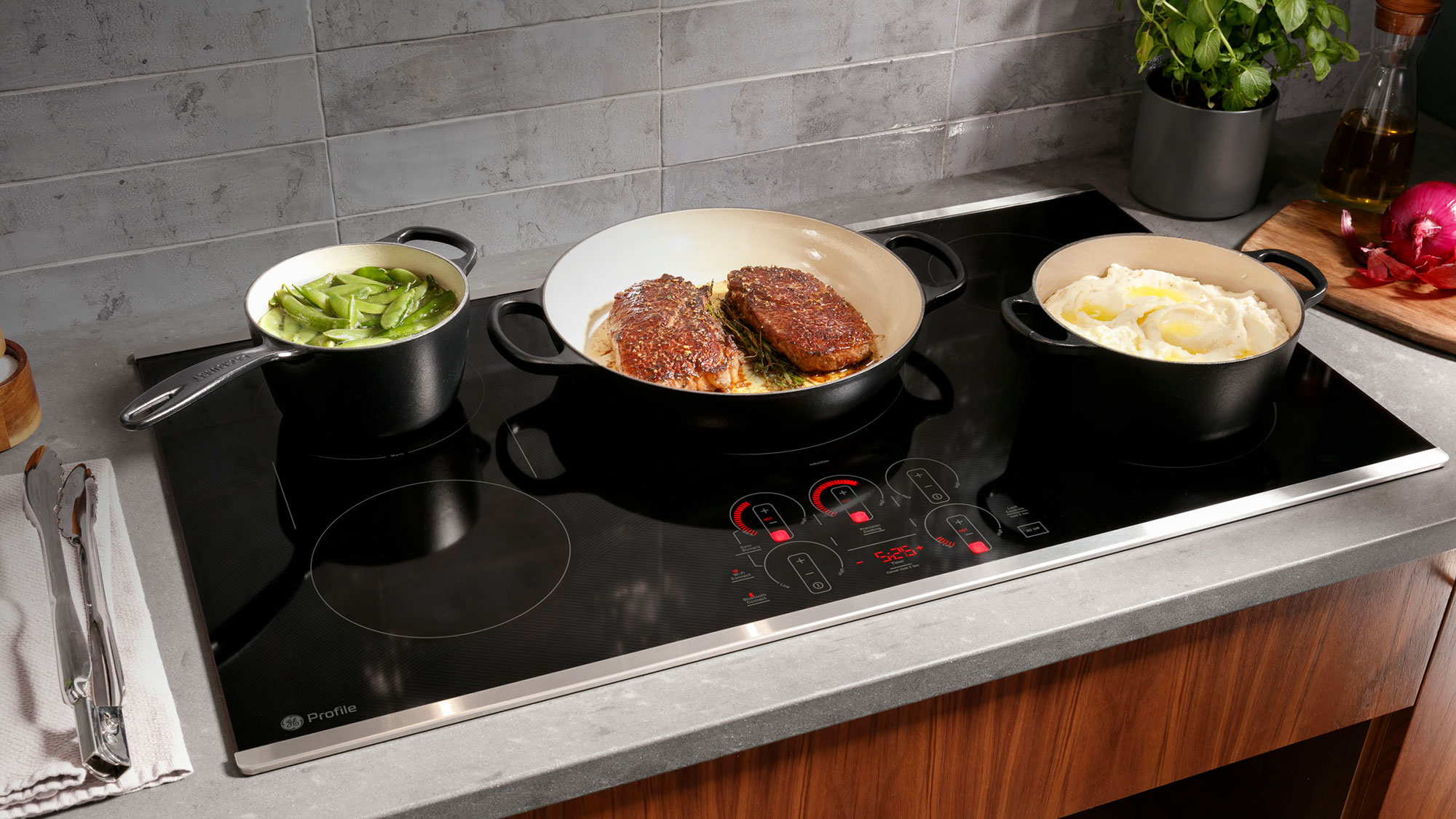
One of the genius features of an induction cooktop is that it can be easily lifted out of your kitchen worktop. Once you do this, you can clean the edges of the induction cooktop, as well as the counter, a lot easier. This is especially great for spillages that go over the edge and under.
It's worth making sure you know how your cooktop has been fitted as some models aren't suitable for this and therefore, this wouldn't be safe. You also need to be extra careful as the induction cooktop is fragile. In our household, this is a quick two-person job where my husband holds it and I wipe round. But, if you let the stains harden around the edges for too long, you'll have a much tougher time getting them off and that could lead to scratches.
More from Tom's Guide

Grace is a freelance journalist working across homes, lifestyle, gaming and entertainment. You'll find her writing for Tom's Guide, TechRadar, Space.com, and other sites. If she's not rearranging her furniture, decluttering her home, or relaxing in front of the latest streaming series, she'll be typing fervently about any of her much-loved hobbies and interests. To aid her writing, she loves to head down internet rabbit holes for an unprecedented amount of time.
You must confirm your public display name before commenting
Please logout and then login again, you will then be prompted to enter your display name.
